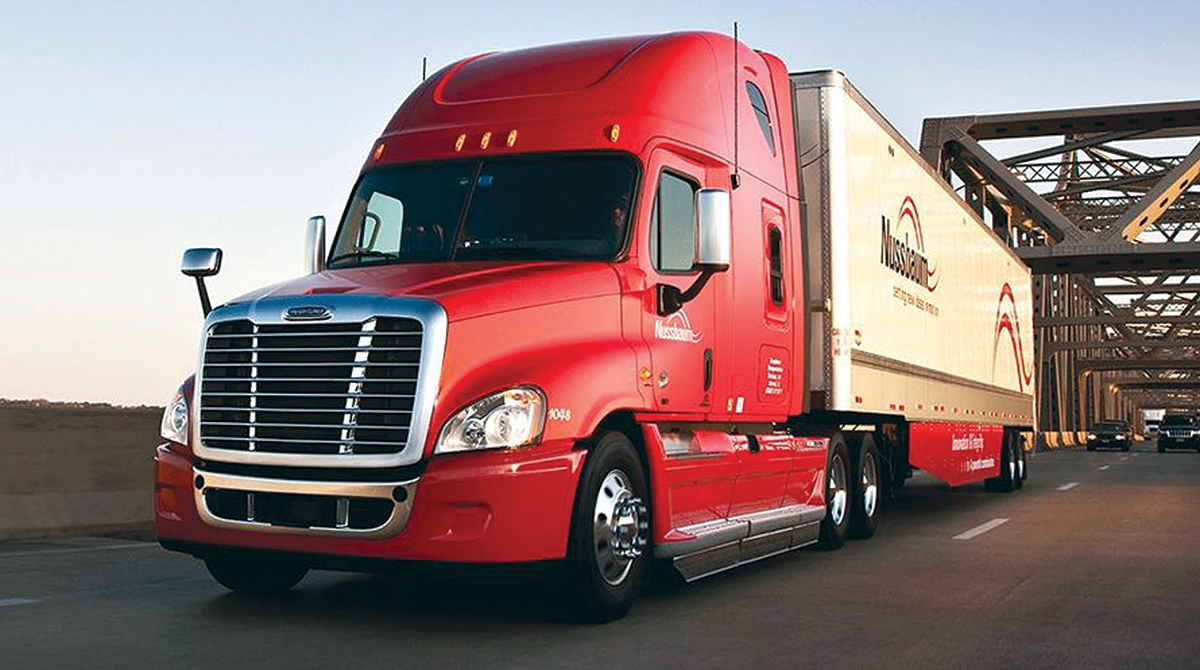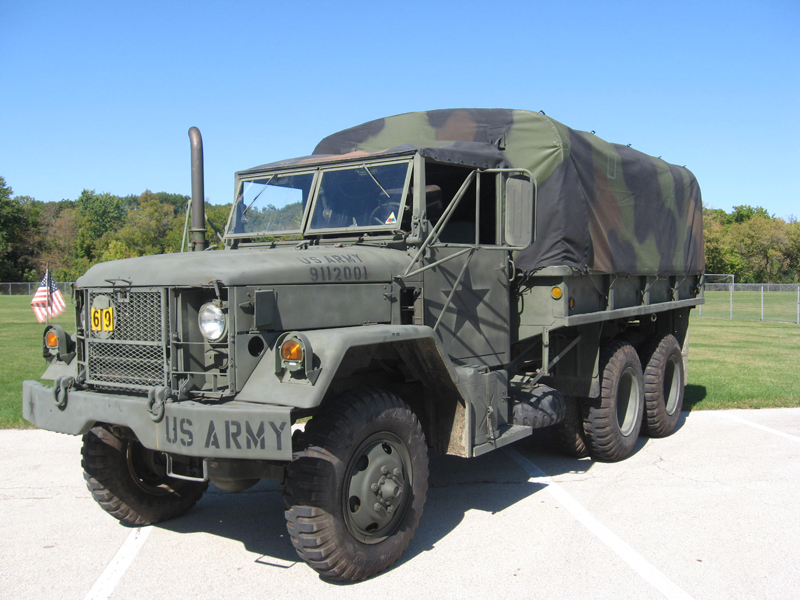


#Us transporter generator
Unlike generator EPA ID numbers, which are site-specific, transporter ID numbers are assigned to the transportation company as a whole. A transporter is forbidden from transporting hazardous waste if they do not have an ID number.
#Us transporter code
DOT) jointly developed the hazardous waste transporter regulations.Ī transporter of hazardous waste is subject to several regulations under RCRA, outlined in Title 40 of the Code of Federal Regulations (CFR) part 263, including: Obtaining an EPA Identification (ID) NumberĮPA keeps track of hazardous waste transporters by requiring each transportation company to obtain an EPA ID number. State hazardous waste manifest programsīecause hazardous waste transporters move regulated wastes on public roads, highways, rails, and waterways, EPA and the U.S.EPA's new electronic hazardous waste manifest initiative.In contrast, transporter requirements apply to shipments of hazardous waste between noncontiguous properties that require travel on public roads. Transportation among geographically contiguous properties, even if the properties are separated by a public road.Generators and TSDFs transporting waste within their facilities, or on their own property, and.Examples of on-site transportation includes both:

Transporter regulations do not apply to the on-site transportation of hazardous waste within a facility’s property or boundary. Off-site transportation of hazardous waste includes shipments from a hazardous waste generator’s facility or property to another facility for treatment, storage, or disposal (TSDF). Subtitle C of the Resource Conservation and Recovery Act (RCRA) defines a hazardous waste transporter as any person engaged in the off-site transportation of the hazardous waste within the United States. Who are the Regulated Hazardous Waste Transporters?


 0 kommentar(er)
0 kommentar(er)
